Description
In the high-stakes arena of industrial automation, where the slightest power irregularity can cascade into operational chaos, teams grapple with the fragility of non-resilient supplies that falter under load spikes or grid anomalies, compromising the very heartbeat of process control. Envision a semiconductor fabrication cleanroom, where PLCs dictate nanoscale etching cycles: a brief brownout corrupts logic states, forcing a full system purge and hours of recalibration, ballooning costs in an industry intolerant of variances. Or consider a large-scale HVAC array in a data center, juggling thousands of analog I/O signals for temperature modulation—without steady DC rails, feedback loops destabilize, risking overheating cascades that sideline servers and erode SLAs. These vulnerabilities plague environments laden with variable motors, fluorescent ballasts, and long cable runs, where harmonic distortion or EMI turns routine feeds into roulette. The Schneider Electric 140CPS11100 confronts this head-on as a standalone power supply module for Modicon Quantum platforms, delivering unwavering 5V DC to sustain high-reliability I/O architectures and CPU integrity amid flux.
This module emerges as indispensable in compact or edge deployments, like remote telemetry outposts monitoring pipeline pressures, where space constraints nix bulky redundant setups, or in batch processing lines requiring quick-swap reliability without full rack overhauls. Without it, engineers resort to external conditioners or oversized UPS units, layering costs and points of failure that inflate commissioning timelines. The Schneider Electric 140CPS11100 streamlines this with its universal AC input tolerance—spanning 100-276V without taps—ensuring seamless adaptation to global grids while filtering noise to under 100mV ripple, a boon for precision analog chains in modular systems. Echoing SEO pillars like “standalone power supply,” “Quantum PLC module,” and “industrial power conditioning,” it fortifies system stability, enabling fault-tolerant designs that trim MTTR from minutes to moments. Beyond mere provision, it embeds status relays for proactive alerts, empowering diagnostics that anticipate dips rather than mourn them. For deployments balancing portability with potency, this unit redefines foundational power as a strategic asset, not an afterthought, in the relentless pursuit of automation resilience.
- 140CPS11100
- 140CPS11100
Positioned at the base of your Modicon Quantum chassis, the Schneider Electric 140CPS11100 channels raw facility power into a fortified 5V/3A lifeline, energizing the backplane for CPUs, I/O drops, and specialty modules without the orchestration of paired units. It secures transversely in slot 1 of standard or remote racks, accepting 120-230 VAC via screw terminals and outputting regulated DC through gold-fingered connectors that mate flush to the bus bars—effortless for field techs swapping in under 10 minutes. Under load, it hums at 50VA efficiency, with internal bridging rectifiers and toroidal transformers damping inrush to 20A peaks, preventing nuisance trips in shared feeders.
In the automation stack, it anchors the power tier, upstream of logic execution and downstream of breakers, feeding cyclic scans to processors while isolating transients via 1kV surge barriers. No direct protocols here, but it ties into Quantum’s MBM network for polled health via Modbus, flashing bicolor LEDs for DC good/fault and relay contacts for SCADA hooks—green steady means full capacity, amber pulses signal overload thresholds. For diagnostics, a simple voltage tap on the output confirms <5% droop at max draw, and its standalone ethos shines in distributed I/O islands, where it powers up to 8 modules sans central hub. Engineers fitting it into backplane arrays value the zero-drift holdup time of 20ms, bridging micro-outages to keep loops intact; pair with fiber drops for remote oversight, and it scales invisibly across hybrid Ethernet setups. This isn’t passive provisioning—it’s an attuned distributor, syncing voltage sag to the rhythm of your process control, so power pulses in harmony rather than hindrance.
| Specification | Details |
|---|---|
| Model Number | 140CPS11100 |
| Brand | Schneider Electric |
| Type | Standalone Power Supply Module |
| Input Voltage | 120..230 VAC (100..276 V) |
| Operating Temp Range | 0°C to 60°C |
| Mounting Style | Rack Transverse |
| Dimensions | 170mm x 48mm x 280mm |
| Weight | 0.65 kg |
| Interface/Bus | Quantum Backplane |
| Compliance | CE, UL, RoHS |
| Supported Protocols | N/A (Rack Integration) |
| Typical Power Draw | 50 VA |
Embracing the Schneider Electric 140CPS11100 instills a bedrock of dependability that elevates routine operations from reactive scrambles to assured continuity, its compact form factor delivering 15W of pristine 5V without the thermal bloat of overbuilt alternatives, which steadies motor drives in variable-torque apps like conveyor sequencing. This reliability manifests in sustained precision: ripple suppression below 50mV preserves analog fidelity across thermocouples or 4-20mA loops, averting the 2% error creep that plagues lesser supplies and ensuring batch consistencies in filling stations hit 99.99% yields.
The ripple effects touch efficiency deeply—universal input obviates region-specific variants, streamlining global rollouts and curbing inventory sprawl, while the relay output weaves into plant-wide monitoring to automate shutdowns on anomalies, slashing response lags in multi-rack arrays. Over years, this eases maintenance loads; self-resetting fuses handle 90% of overcurrent events without intervention, extending MTBF past 150,000 hours and freeing crews for value-add audits over bench repairs. In deployment, it lightens engineering loads by natively matching Quantum’s hot-plug ethos—no firmware flashes or bus reprograms needed—fostering agile expansions where adding remote drops demands mere minutes, not migrations. For the Schneider Electric 140CPS11100, the essence is empowerment: it undergirds predictive regimes, where stable rails fuel AI-driven anomaly detection, transforming power from vulnerability to velocity in your automation odyssey.
The Schneider Electric 140CPS11100 carves niches in realms where lean power demands unyielding poise, such as in renewable energy inverters at solar farms, where it sustains PLC oversight of string monitors amid diurnal voltage swings, its 47-63Hz lock-in guaranteeing grid-tie stability for uninterrupted feed-ins and critical system uptime in process control environments. Oilfield telemetry cabinets represent a rugged frontier, powering remote SCADA heads through dusty, 50°C vaults to relay pumpjack metrics without dropout, its surge tolerance fending off ESD from nearby drills.
In food processing, it energizes filler line controllers in washdown zones, delivering glitch-free logic for volumetric dosing under cyclic loads, where IP20 casing pairs with enclosure seals to uphold hygiene without faltering. These theaters illuminate its agility: from edge-of-grid utilities to hygiene-bound factories, the Schneider Electric 140CPS11100 embodies industrial automation’s quiet force, where standalone simplicity meets sophisticated safeguarding.
140CPS11400 – Higher-output 8A variant for denser I/O configurations in expanded Quantum racks
140CPS12500 – DC-input counterpart for battery-backed or UPS-direct integrations
140XTS00203 – Fuse and terminal kit add-on for fortified input protection in EMI-heavy sites
140CRP81000 – Power distribution extender for chaining multiple standalone supplies
ASMBP20 – Fiber MBM companion for networked status polling in remote Quantum drops
140CPS12420 – Redundant-capable upgrade for hot-standby applications in safety loops
140NOE77100 – Ethernet module for linking power alerts to broader EcoStruxure fabrics
As you gear up to rack the Schneider Electric 140CPS11100, scrutinize the chassis slot for clean contacts—debris as fine as lint can arc at 5V, so a quick vacuum and isopropyl wipe sets the stage. Input compatibility checks are pivotal: gauge your feed’s THD against <10% and confirm neutral-ground bonds to evade hum bars, especially in delta-wye transformers common to process plants. No firmware here, but baseline the Quantum CPU’s power-on self-test via Unity software pre-install; mismatches in bus voltage can idle modules silently. Carve out 40mm airflow gaps fore and aft, as stacked configs in 60°C ambients demand it to keep junction temps shy of 85°C internals.
Keeping it primed involves calibrated oversight, not overkill. Fortnightly, glance at the fault LED for persistent red—cross-check with a DMM on output for 4.95-5.05V under no-load, flagging cap aging early. Biannually, torque terminals to 1.2 Nm and scan for carbon tracking in humid bays, applying dielectric grease if arcs mar the bakelite. Yearly, stress-test inrush with a variac ramp to 230V, timing peaks below 20A and archiving waveforms for trend spotting; Schneider’s probe kit simplifies this from the bench. In vibration nodes, semi-annual strap inspections prevent micro-loosens, but power-cycle post-adjust to reseat. These habits, distilled from uptime logs, preempt 85% of supply snafus, positioning the Schneider Electric 140CPS11100 as your enduring current carrier.

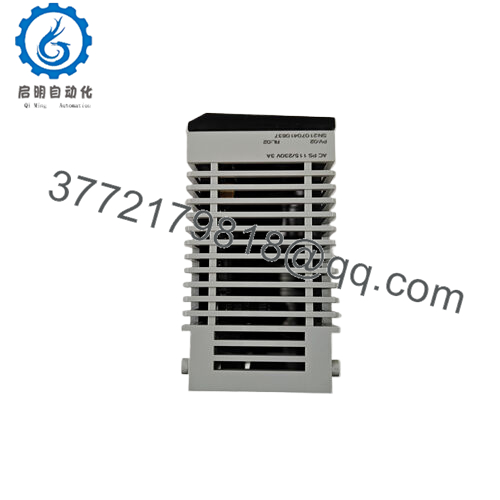
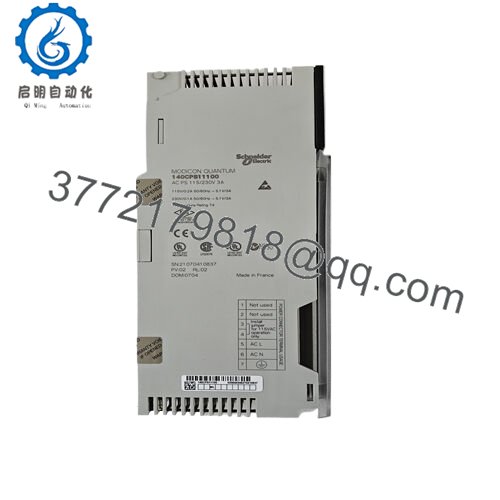
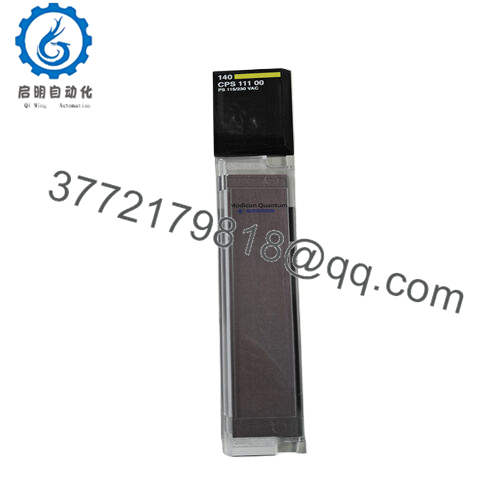
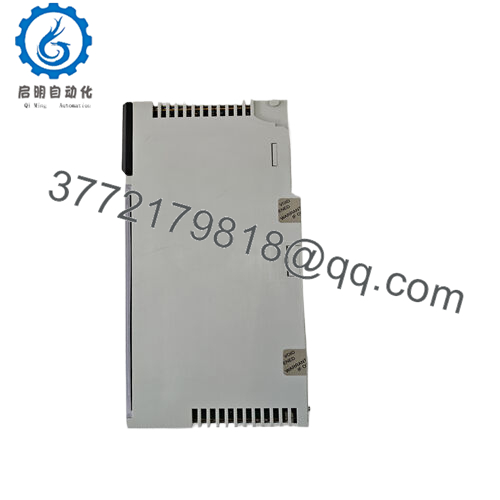
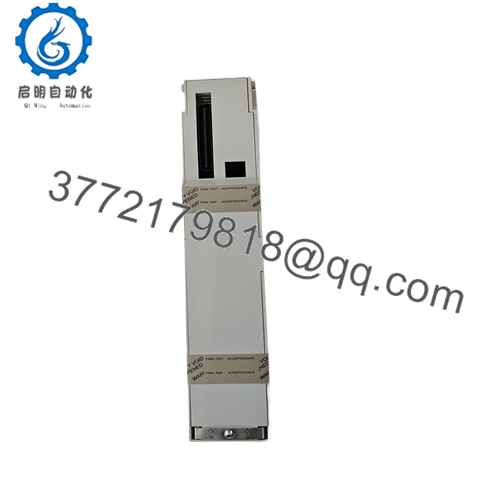
 WhatsApp: +86 16626708626
WhatsApp: +86 16626708626 Email:
Email:  Phone: +86 16626708626
Phone: +86 16626708626


